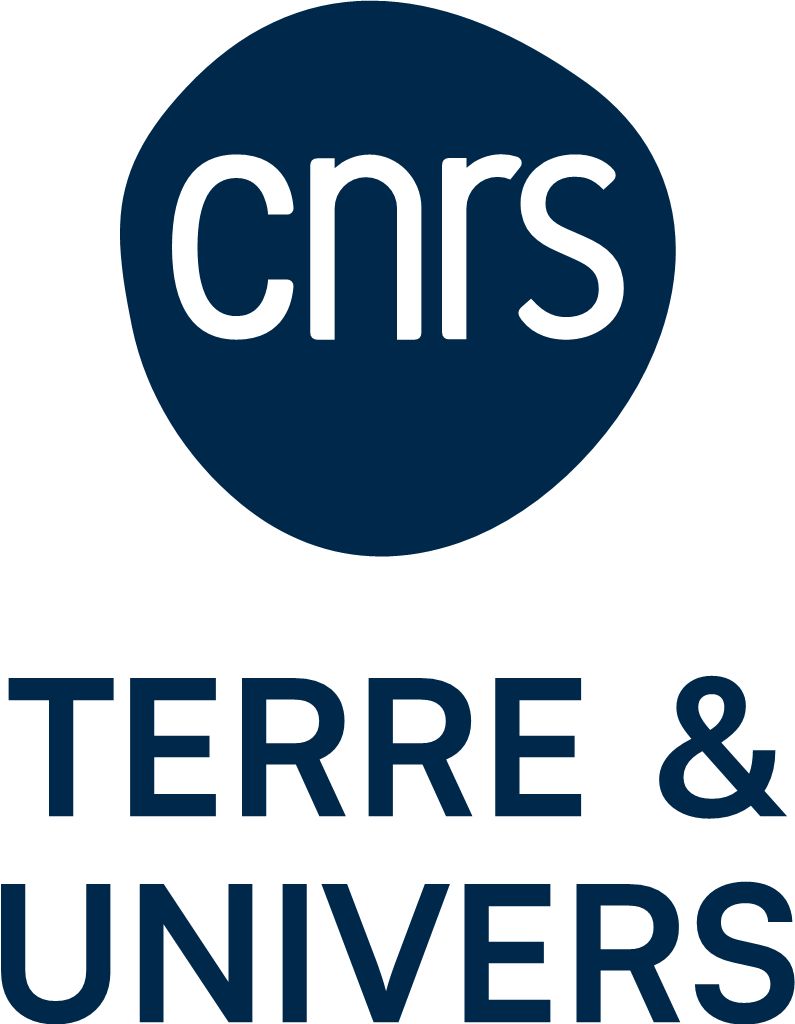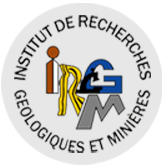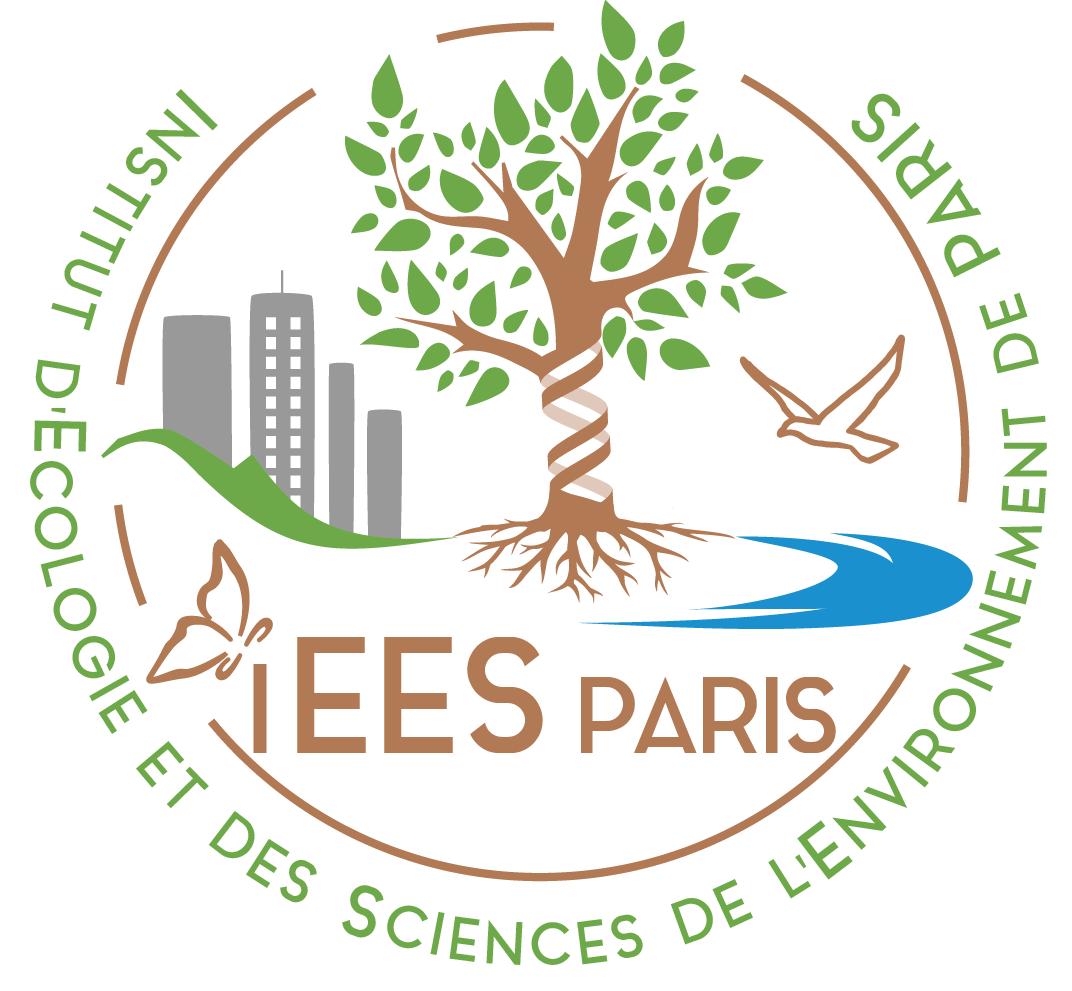Distribution of Burkholderia pseudomallei within a 300‑cm deep soil profile: implications for environmental sampling
The environmental distribution of Burkholderia pseudomallei, the causative agent of melioidosis, remains poorly understood. This study performed in Lao PDR and supervised by Alain Pierret (IRD-iEES Paris) and Olivier Ribolzi (IRD-GET), in the frame of the PhD of Khemngeun Pongmala, provides novel information about a putative association of soil biogeochemical heterogeneity and the vertical distribution of B. pseudomallei. The authors investigated (1) the distribution of B. pseudomallei along a 300-cm deep soil profile together with the variation of a range of soil physico-chemical properties; (2) whether correlations between the distribution of B. pseudomallei and soil physico-chemical properties exist and (3) when they exist, what such correlations indicate with regards to the environmental conditions conducive to the occurrence of B. pseudomallei in soils. Unexpectedly, the highest concentrations of B. pseudomallei were observed between 100 and 200 cm below the soil surface. These results indicate that unravelling the environmental conditions favorable to B. pseudomallei entails considering many aspects of the actual complexity of soil. Important recommendations regarding environmental sampling for B. pseudomallei can be drawn from this work, in particular that collecting samples down to the water table is of foremost importance, as groundwater persistence appears to be a controlling factor of the occurrence of B. pseudomallei in soil.
This paper has been published open access in the journal Scientific Reports.

















